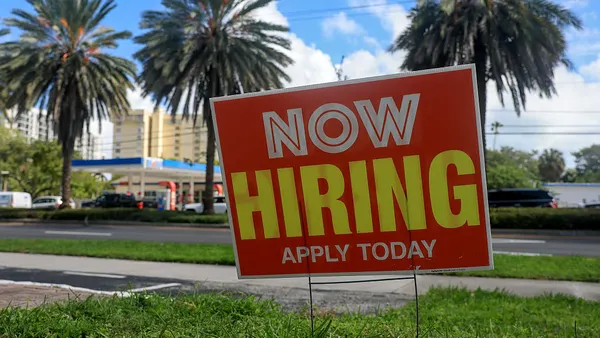Employees continue to express a distinct preference for remote or hybrid work schedules, although there appears to be a willingness to return to the office if required, according to a Dec. 20 report from TalenTrust.
Overall, 50% of workers prefer a fully remote work environment, while 33% prefer a hybrid schedule and 17% favor fully on-site work.
“While remote work has become incredibly popular, what we see is professionals who remain pragmatic,” Kathleen Quinn Votaw, CEO of TalenTrust, said in a statement.
“If office-based roles provide the best career growth and compensation, they will accept it,” she said. “But the preference absolutely leans remote whenever possible.”
In a survey of 400 professionals, 47% said they haven’t been issued any return-to-office mandates and have been told there won’t be one.
If given a mandate to return to the office for fully on-site work, 41% said they would ask for more flexibility and 34% would return without questioning. However, 19% said they would begin searching for a new position with more flexibility.
In addition, despite the preference for remote or hybrid schedules, 55% said they wouldn’t turn down a new position that was only on-site if the opportunity appealed to them otherwise.
Among factors that were most important for future career moves, competitive compensation topped all other priorities by far. Flexible work location also ranked highly.
“As the job market remains filled with opportunities, businesses must remain flexible and competitive on location options, while also clearly communicating when in-office work is essential,” Quinn Votaw said. “It’s about balance.”
Forcing employees back into the office may create retention problems, especially among those who want to remain remote, according to a survey by NORC at the University of Chicago. Workers said they’d be more satisfied with in-person work if they were paid more and received commuter benefits.
As more employers call employees back into the office in 2024, leaders should avoid major mistakes when implementing return-to-office plans, HR experts told HR Dive. Instead, leaders can signal trust in their workers, create social connections and implement a customized plan that works well for the business and workers.
Data and employee feedback can also help with the return-to-office conversation, according to an Atlanta-based CHRO at Global Payments. The firm found a link between RTO policies and retention issues and changed its flexibility, which boosted retention.










